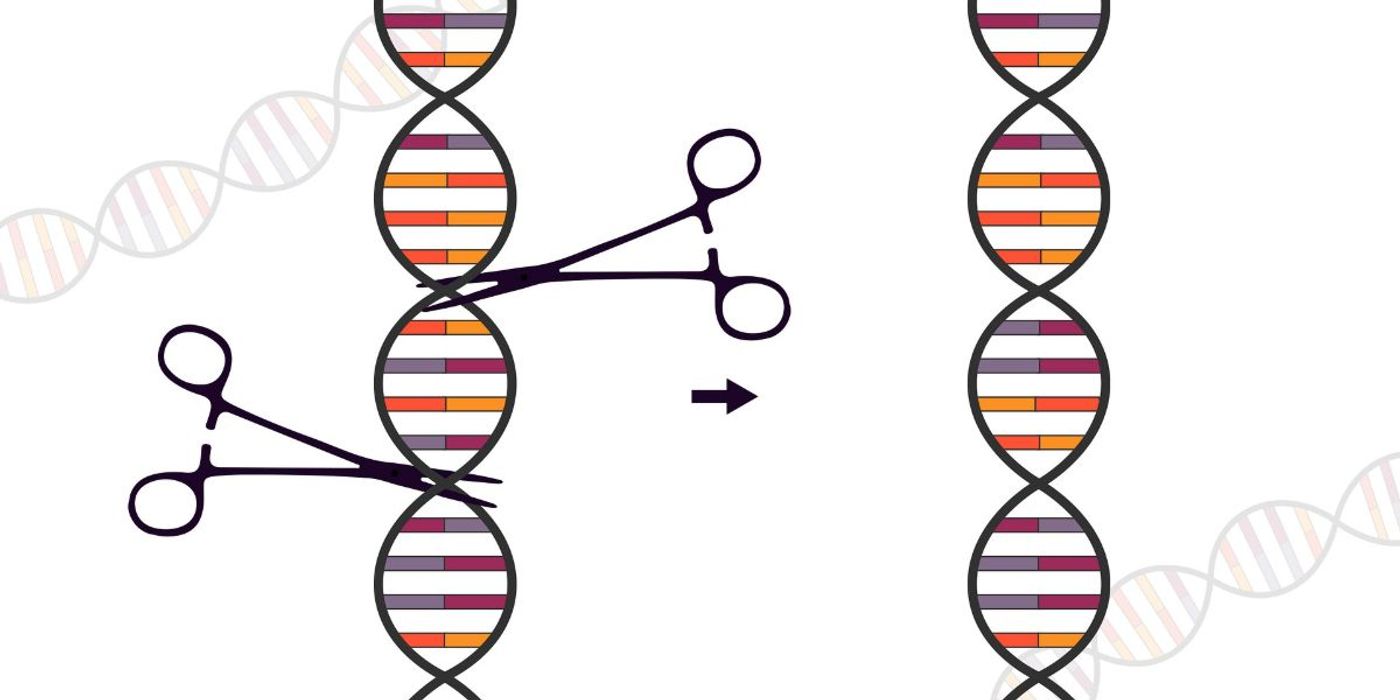Astronauts Perform CRISPR Gene Editing in Space
NASA astronauts aboard the International Space Station (ISS) have developed and successfully carried out a CRISPR-Cas9 procedure in microgravity conditions. The corresponding peer-reviewed study has been published in Plos One.
Astronauts traveling beyond the Earth’s protective atmosphere are at an increased risk of DNA damage from the ionizing radiation in space. This radiation can lead to complex DNA damage that can cause cancer and other life-threatening conditions. Ways to repair DNA while in space are therefore crucial for the success of long missions beyond our planet's atmosphere.
In the study, the researchers focused on a type of DNA damage known as double-strand breaks (DSB). DSB forms when the phosphate backbones of both DNA strands form a DNA lesion. The ionizing radiation in space is strong enough to cut through DNA, causing clustered and complex damage in the form of DSB.
DSB may be repaired via two cellular pathways. One is known as homologous recombination, which works by exchanging similar but nonidentical DNA between homologous chromosomes. Another method is known as non-homologous end joining and works by inserting or deleting genes from a break site.
Previous work has shown that conditions in space could affect which DNA repair pathway would work best to repair DNA damage while in space. And until now, technical and safety issues have meant that scientists have been unable to tackle the problem.
Now, however, in the current research, scientists have been able to develop the first CRISPR-Cas9 gene editing workflow to approach DSB repair from start to finish. They have also been able to demonstrate its viability in experiments with yeast cells aboard the ISS.
Their research not only marks the first CRISPR-Cas9 gene editing in space, but also the first time that live cells have undergone successful transformation-corporation of generic material from outside the organism.
"It's not just that the team successfully deployed novel technologies like CRISPR genome editing, PCR, and nanopore sequencing in an extreme environment, but also that we were able to integrate them into a functionally complete biotechnology workflow applicable to the study of DNA repair and other fundamental cellular processes in microgravity," says Sebastian Kraves, senior author of the paper.
"These developments fill this team with hope in humanity's renewed quest to explore and inhabit the vast expanse of space."
Sources: Plos One, LabRoots, National Human Genome Research Institute, Interesting Engineering









